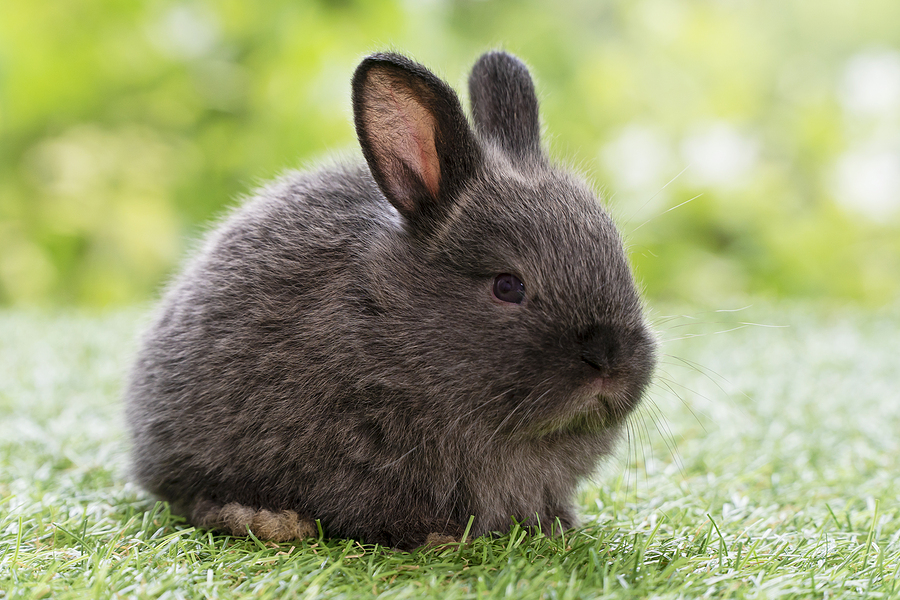Baby animals are simply adorable. It is no surprise that so many people gravitate toward helping or adopting stray and abandoned infant wildlife. But there is some grave responsibility, as well as a little risk, that comes along with discovering a baby animal on your property.
Continue below to learn what you should do if you find an abandoned baby animal, plus how you can protect your property from nuisance wildlife activity.

Important Considerations in Regard to Abandoned Baby Wildlife
Whether bird, bunny, duck, or squirrel, stumbling across baby animal on your property is certainly an exciting moment. However, it is important to keep a few considerations in mind before taking any action. First, many people mistakenly assume that a loan baby animal is abandoned, when in fact the mother is simply off somewhere, looking for food or shelter.
For example, one of the most common species of wildlife taken in as pets are bunnies. It is common to find a bunny by itself because mother rabbits only visit their offspring a once a day and only for about five minutes. The remainder of the time, they are out looking for food. Other species of wildlife that sporadically visit their offspring include hares, deer, birds, and foxes. So, what appears to be an abandoned or stray baby animal may in fact be part of a nearby clan or colony.
Birds often fall out of their nests. If you find a baby bird on the ground, it is likely injured. Fox mothers will run away if startled by a predator or human and never return for their cubs. For this reason, Fox cubs are a common abandoned animal.
Steps to Take After Finding an Abandoned Baby Animal
After finding an abandoned baby animal on your property, the first thing you need to do is give it space. As mentioned, it may not be deserted. Observe the baby animal for 24 to 48 hours. After a few days, if you still see the baby animal there, you can safely assume it is abandoned.
If the baby animals are inside of a nest, do not touch it. If the animal nest is in harm’s way, you can move it a few feet, but just don’t move it too far. Many animals will desert or reject their offspring if the nest is moved too far away from its original location.
If the baby animal is noticeably injured, the rule of thumb is to simply let nature take its course. Although this can be emotionally troubling, this is how the ecosystem works. You can also contact a local Indianapolis wildlife removal company for dead animal removal services. They have the proper equipment and resources to safely discard a dead animal.
If the baby animal is not injured, and you have confirmed that it is indeed deserted, you may choose to move it on your own. Just be sure you are wearing proper protective gear and you have a plan on how to relocate the animal safely. Slowly approached the baby animal and gently scoop it into a shoe box for safe relocation.
You should never keep a stray or deserted baby animal as a pet. Not only is it inhumane, but wild animals carry dangerous infectious diseases, like Rabies. They also carry lice, mites, ticks, fleas, and several other types of parasites.
Did you just find a dead animal in your house, and you have no idea what to do next? Is the wildlife around your house causing you concern? Contact Modern Wildlife Control at 317-847-6409 for critter control and dead animal removal in Indianapolis, Indiana. We DO NOT work with dogs, cats, orphaned animals, injured animals, or waterfowl such as geese and ducks.
Related Posts:
How to Safely Get Rid of a Dead Animal on Your Property
Learn Why Nuisance Animals are Attracted to Your Property
How to Tell if You Have Nuisance Animal Problems
